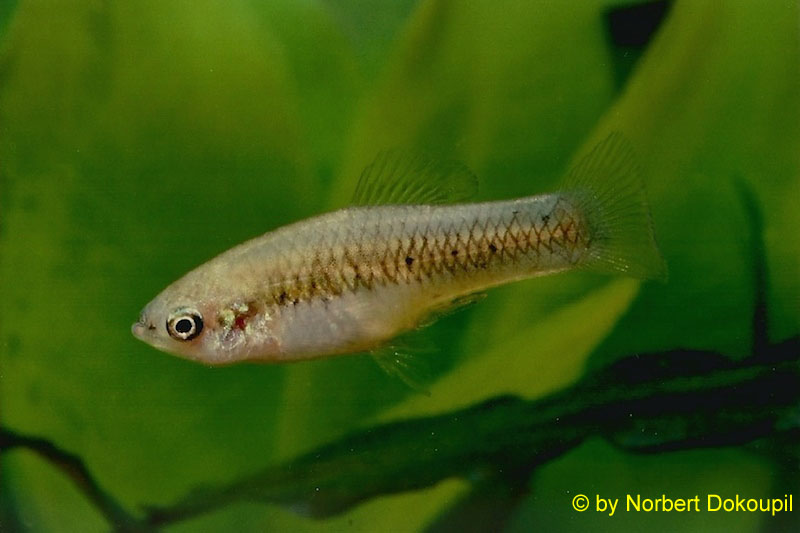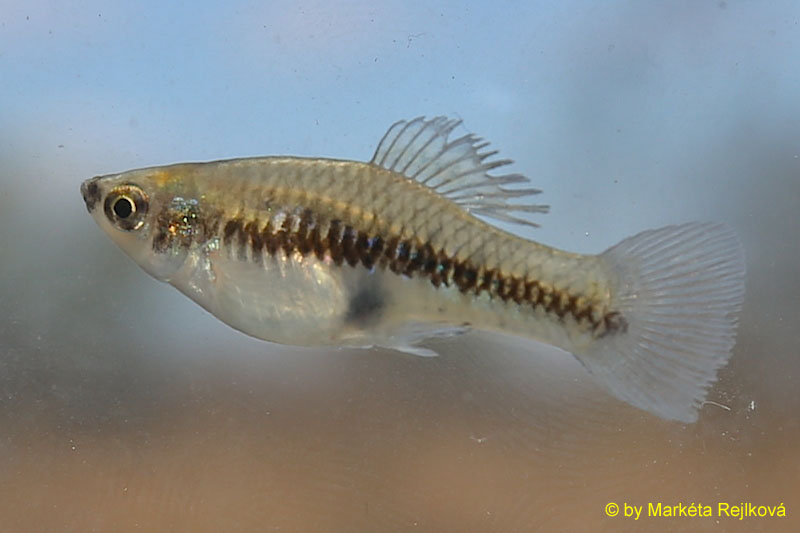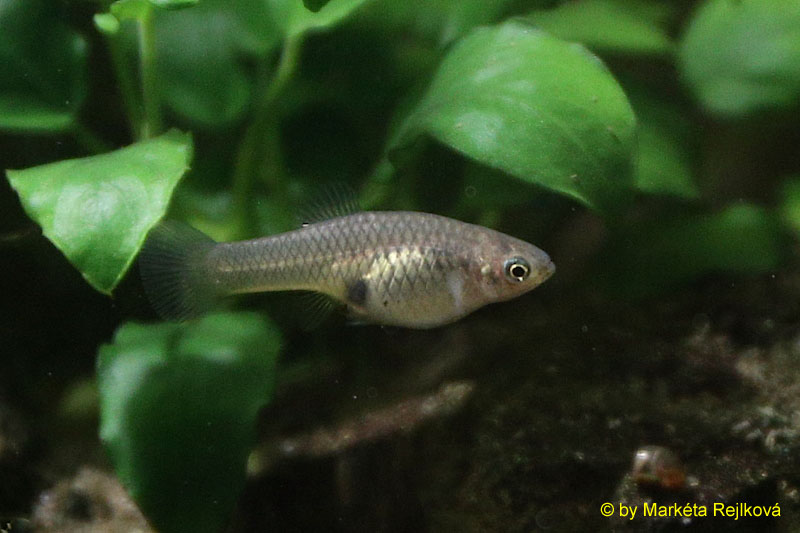Xiphophorus - species list
All northern platies have more or less same requirements:
- aquarium from 60 l upwards (bigger is better to allow bigger colony size)
- normal room temperature (e.g. 20 °C in winter, 28 °C in summer... optimum 23-26 °C) except X. gordoni which lives in waters with constant temperature around 30 °C and should therefore not be kept too cold
- keep them in a single species tank or with fish that will not bother them (non-predatory bottom fish would work well)
- no special dietary requirements: they eat live and frozen food, flakes etc.
- they need clean water, so frequent water changes (1/3 weekly) are necessary to ensure long-term health
The current version of the manual can be dowloaded here: XNP_husbandry_manual_2022-02.pdf
No |
Name |
Foto |
| 1 |
Xiphophorus couchianus "La Huasteca"Origin: Monterrey area (several locations), Nuevo León, Mexico IUCN status: extinct in the wild (2018) Actual status: extinct in the wild since 1960's |
 |
| 2 |
Xiphophorus gordoni "Laguna Santa Tecla"Origin: Laguna Santa Tecla, Cuatro Ciénegas valley, Coahuila, Mexico IUCN status: endangered (2018) Actual status: still abundant in very small area with high impact of human activities |
 |
| 3 |
Xiphophorus meyeri "Muzquiz" - SpottedOrigin: La Cascada / El Socavón, Melchor Múzquiz, Coahuila, Mexico IUCN status: extinct in the wild (2018) Actual status: extinct in the wild since ? (2018 - not present on any of both known locations) |
 |
| 4 |
Xiphophorus meyeri "Muzquiz" - Wild TypeOrigin: La Cascada / El Socavón, Melchor Múzquiz, Coahuila, Mexico IUCN status: extinct in the wild (2018) Actual status: extinct in the wild since ? (2018 - not present on any of both known locations) Note: different form; spotting is suppressed by a recessive allele |
 |
| 5 |
Xiphophorus sp. "Apodaca"Origin: Ojo de Agua de Apodaca, Monterrey area, Nuevo León, Mexico IUCN status: n/a Actual status: extinct in the wild since 1990's Note: treated sometimes as a form of X. couchianus, though distinct |
 |
| 6 |
Xiphophorus sp. "Regio"Origin: Río Santa Ana, Monterrey area, Nuevo León, Mexico IUCN status: n/a Actual status: threated by habitat degradation and hybridization with X. variatus (maybe only hybrids existing now?) Note: the taxonomic status of this population is not clear; |
 |
